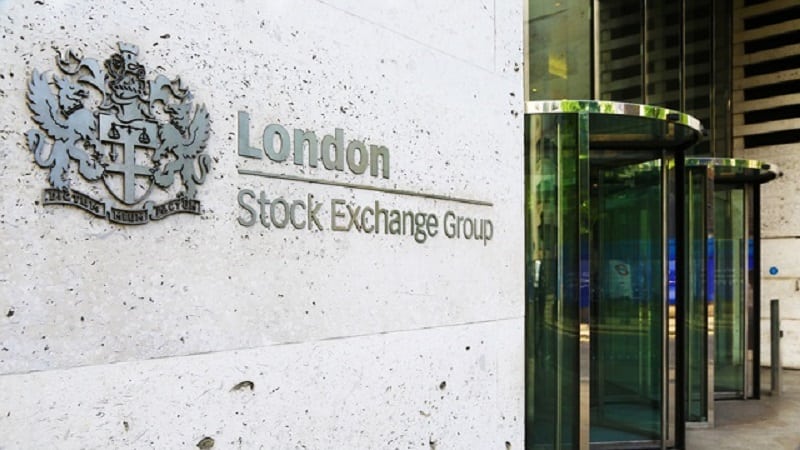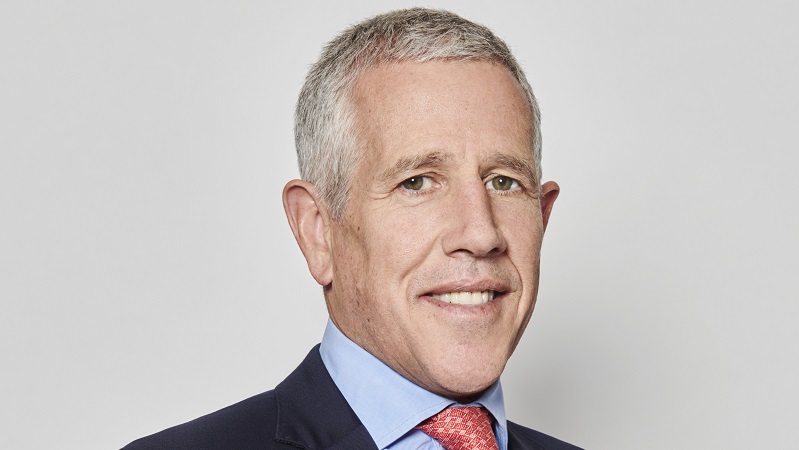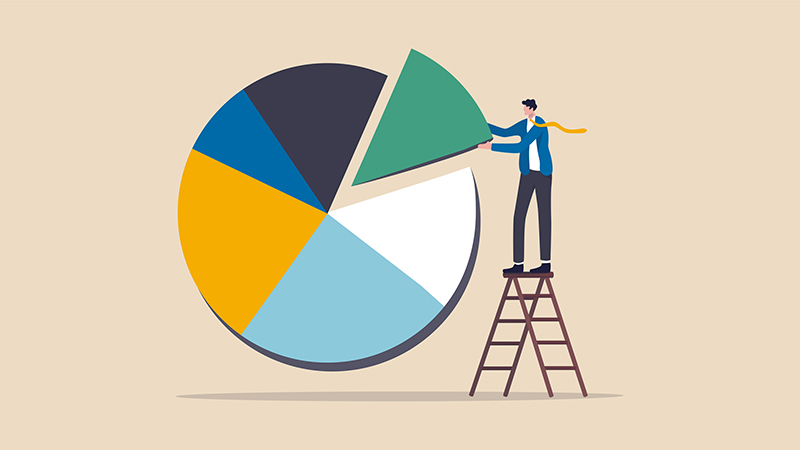Emerging market economies have traditionally had much to fear from a rising greenback, while for developed countries it has often been a boon. However, these are not normal times for world markets or for US monetary policy. In currency markets, as in life, it’s not just what you do that matters, but the way that you do it.
Investors need not fear a further rise in the dollar if it occurs in a fairly orderly manner, particularly if it keeps US monetary policy looser for longer. But a more dramatic strengthening could pose more risks to investors in global markets.
Why is the dollar rising?
Currencies are notoriously hard to predict, but from an economic standpoint, it should come as no surprise to see the dollar strengthen over the past two years. Several key factors are pushing the currency up:
• Relative growth. The US economy has been particularly strong relative to economic data from the eurozone, Japan and China
• Relative monetary policy and bond yields. The Federal Reserve will increase interest rates in 2015, unlike either the European Central Bank (ECB) or the Bank of Japan. Higher US short- and long-term interest rates will mean greater inflows of investor capital, supporting the dollar
• Rising US energy independence, as a result of shale energy production. This has had a dramatic effect in shrinking America’s current account deficit, which in theory reduces the global supply of dollars and raises the price.
There is clearly significant support for a strengthening dollar in the coming months, although is important to keep gains in perspective. What we don’t want is for the dollar to become a “one-way bet” for investors who think they can expect to earn not just higher returns on US financial assets, but the added benefit of a stronger currency to boot.
In such an environment, EM economies are likely to see major capital outflows, and the US central bank might also struggle to push down long-term interest rates, even when policy rates go up.
Economic implications of a stronger dollar
By itself, dollar strength is usually associated with a tightening in domestic economic conditions. In this instance, we’ve also had the positive effect of lower oil prices accompanying the appreciation in the dollar.
There has been a strong correlation between movements in the dollar and movements in medium-term US inflation expectations, which have come down sharply in response to not just the stronger dollar, but declining commodity prices.
Lower energy prices act like a tax cut for US households and businesses, boosting their real incomes. They also make it easier for the Fed to keep interest rates lower for longer, all other things equal, and long rates are also likely to be pushed down by bond investors coming into the US looking for higher returns. Taking those factors into account, we believe that the strengthening in the currency will be a net positive for the US economy, even if it makes life a bit more complicated for the Fed. That suggests a broadly benign impact on US stocks as well, though some sectors are likely to fare better than others.
For the eurozone, the net result of a stronger dollar—and a weaker euro—is likely to be strongly positive, since it should help to boost nominal GDP. The ECB reckons that a 10% change in the value of the currency generates a 0.4—0.5 percentage point change in inflation. Therefore a weakening US dollar has been acting against the central bank in the period of euro strengthening. We might now hope to see that act in reverse, though the fall in the price of oil might lessen the effect, in the short run.
The macroeconomic impact of a stronger dollar is more complicated for EM economies, which are at a very different stage in their economic cycle than the developed world. At first glance, a stronger dollar looks positive for these economies too, by giving them a competitive boost in US markets and slowing the path to tighter US monetary policy. But a stronger dollar could also aggravate inflation problems in some parts of the emerging world, and suck foreign capital out of emerging markets, back to the US—leading to serious market volatility and difficult challenges for policy makers.
Investment implications
A strengthening US dollar is likely to have an adverse impact on US equities in the short term. It is estimated that in 2013 S&P 500 companies were holding over US$1.9 trillion in overseas investments, the value of which is likely to erode rapidly as the US dollar strengthens. However, from a revenue point of view the S&P 500 as a whole is well positioned to cope with the impact of a rising US dollar, as companies source only 40% of their revenues from overseas.
The prospect of a weaker euro should be a major tailwind for European earnings, particularly when coupled with falling oil prices, and would give a much needed boost to European equities, which have experienced falling earnings, on a year-on-year basis, for the best part of three years.
Overall, a significant strengthening of the dollar could provide a bumpy ride for emerging markets in the months and years ahead. But differentiation is the name of the game. Some emerging markets with economies linked to global supply economies—and especially the US consumer—are likely to fare better during this period. And some, such as Mexico could fare very well indeed.










